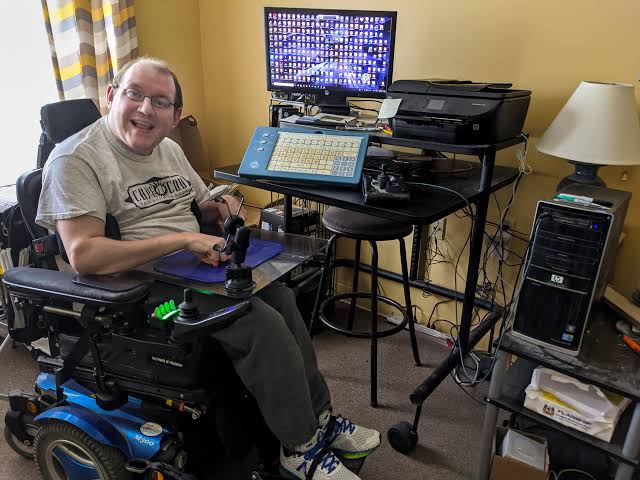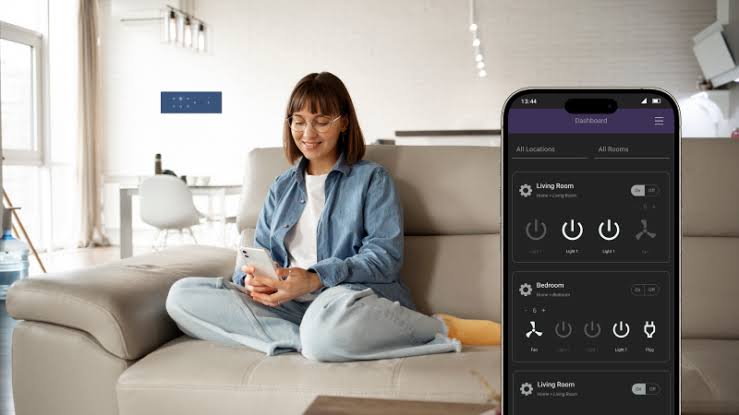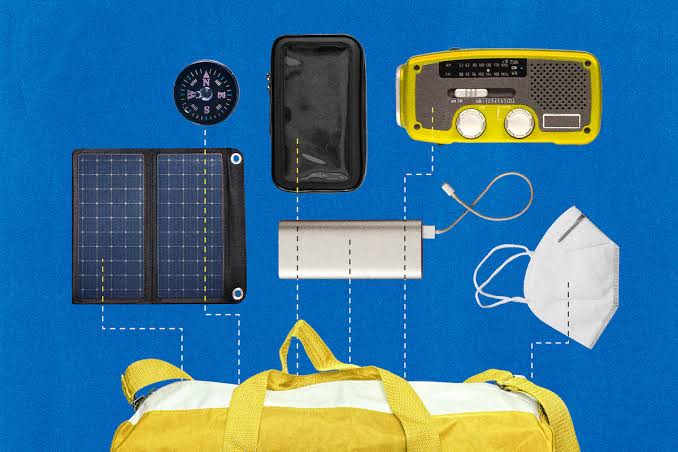Technology has become a powerful tool in breaking down barriers for people with disabilities. In recent years, smart gadgets have evolved from being simple convenience devices to essential tools that enhance independence, communication, and quality of life. With advancements in artificial intelligence, IoT, and adaptive design, these gadgets are addressing the unique needs of individuals with various physical, sensory, and cognitive disabilities.
Enhancing Communication for the Hearing Impaired
Smart gadgets are transforming how individuals with hearing impairments interact with the world.
- Smart hearing aids now connect to smartphones and TVs, providing clearer sound and personalized settings.
- Real-time captioning apps can display spoken words instantly on a screen during conversations or video calls.
- Wearable devices can convert doorbells, alarms, and notifications into vibrations or flashing lights for better awareness.
These innovations help reduce isolation and allow for smoother communication in both social and professional settings.
Supporting Visual Impairments
For people with low vision or blindness, smart gadgets are making navigation and daily activities easier.
- Smart glasses can describe surroundings, read text aloud, and recognize faces.
- Voice assistants help perform tasks such as setting reminders, making calls, or controlling smart home devices without the need for screens.
- GPS-based navigation tools with haptic feedback guide users through unfamiliar areas safely.
Such technologies improve independence and enable users to engage more actively in their communities.
Improving Mobility for Physical Disabilities
Smart gadgets also assist individuals with limited mobility, helping them manage everyday tasks with greater ease.
- Smart home systems allow voice or app-based control over lighting, temperature, and appliances.
- Motorized wheelchairs with smart navigation features can avoid obstacles and plan routes indoors and outdoors.
- Robotic arms and exoskeletons assist with lifting, walking, or other physical tasks that may be difficult without assistance.
These tools reduce reliance on caregivers and enhance personal autonomy.
Cognitive Assistance for Learning and Memory Challenges
For people with cognitive disabilities or memory-related conditions, smart gadgets provide essential support.
- Reminder apps and smart calendars send timely notifications for medication, appointments, and tasks.
- Language processing software assists with reading comprehension and written communication.
- AI-driven learning platforms adapt educational content to the user’s specific needs and pace.
Such tools help individuals manage daily life while promoting learning and self-sufficiency.
Promoting Inclusive Work and Education
Smart gadgets are not only useful at home but also play a major role in making work and learning environments more inclusive.
- Speech-to-text software allows participation in meetings or lectures for those with hearing impairments.
- Adjustable smart desks and ergonomic tools help those with mobility challenges work comfortably.
- Virtual reality platforms create safe spaces for skill development and immersive learning experiences tailored for different abilities.
By making workplaces and schools more adaptable, these gadgets help bridge the accessibility gap.
Integrating with Smart Homes for Greater Independence
One of the biggest advantages of smart gadgets is their ability to integrate into smart home ecosystems.
- Automated door locks and video doorbells allow users to control access without physically opening the door.
- Smart kitchen appliances enable safe cooking with remote monitoring and voice commands.
- Environmental controls, such as automated blinds and climate systems, can be adjusted without manual effort.
This integration provides a safer, more convenient living environment for individuals with disabilities.
The Role of AI in Accessibility
Artificial intelligence plays a critical role in making smart gadgets more responsive and adaptive.
- AI-powered translation and transcription tools improve communication across languages and hearing abilities.
- Machine learning allows devices to recognize user preferences and adapt accordingly.
- Predictive technology can anticipate needs, such as adjusting lighting for low vision users or reminding someone of an upcoming task.
The ongoing development of AI will make accessibility features even more intuitive and personalized.
Future Trends in Smart Accessibility Technology
The future holds even more possibilities for accessibility-focused smart gadgets.
- Brain-computer interface devices may allow direct control of gadgets through neural signals.
- Wearable sensors could monitor health conditions in real time and alert caregivers.
- Augmented reality systems could overlay helpful information in the user’s field of vision.
These advancements will not only improve independence but also foster more inclusive communities.
Conclusion
Smart gadgets are no longer just luxury tech products; they are essential tools for accessibility. They empower individuals with disabilities to live more independently, communicate more effectively, and participate fully in society. As technology continues to advance, the potential for creating a more inclusive world will only grow, making accessibility a central focus of innovation.




Nice
Good